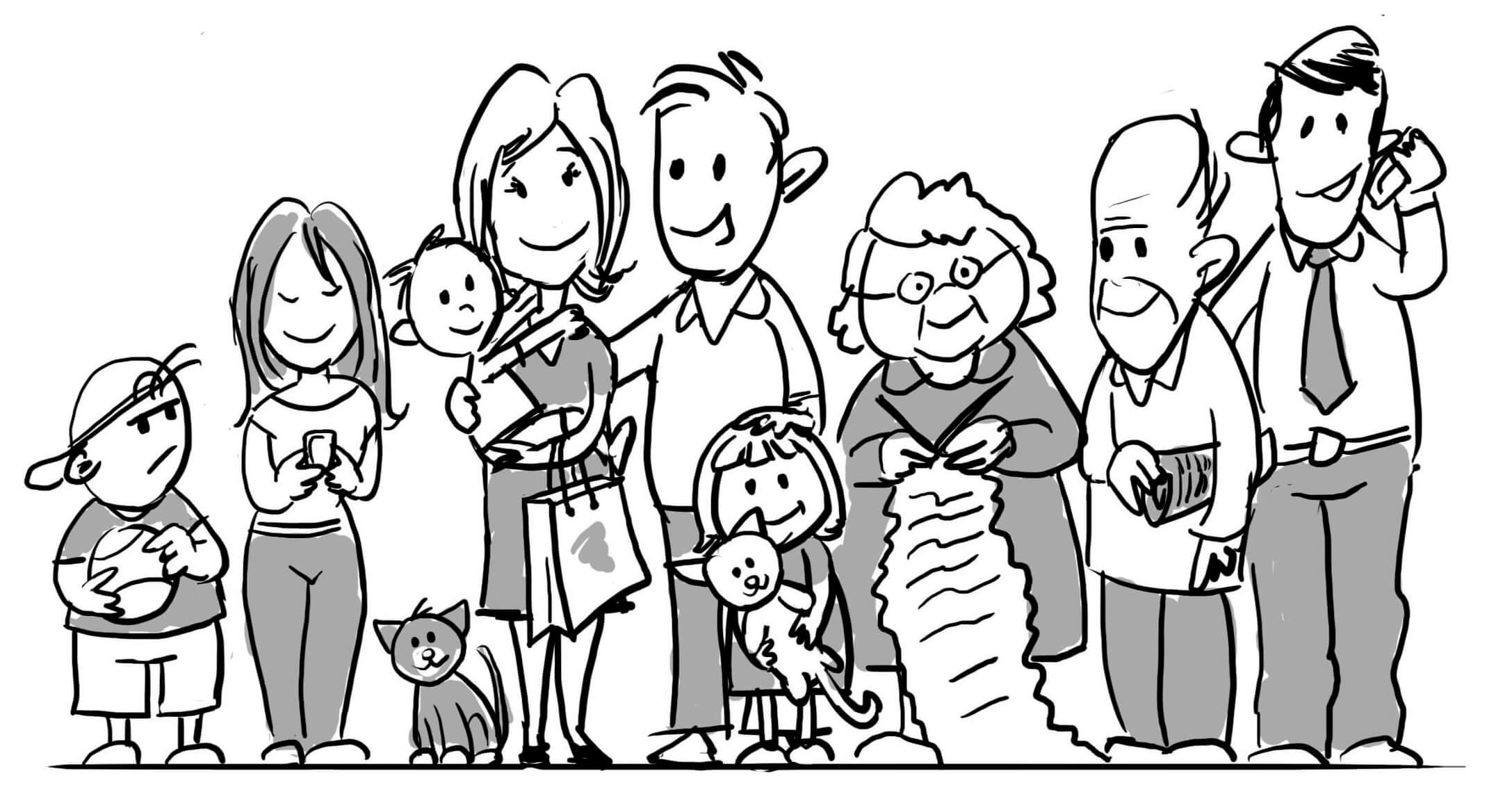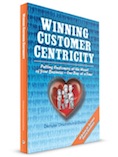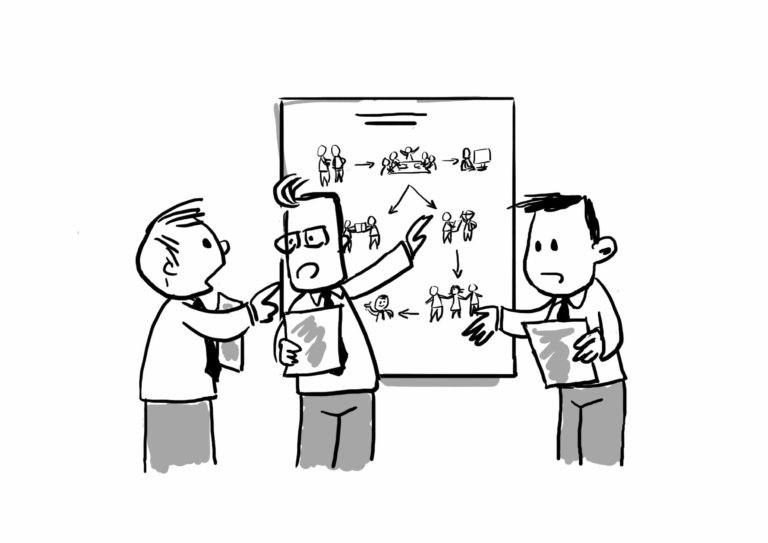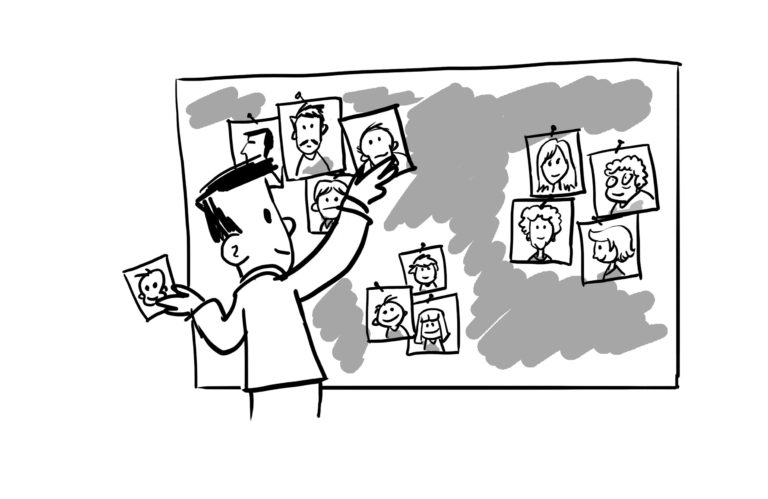If you work in consumer goods you probably think you have nothing to learn from healthcare, right? After all, you have consumers in your industry name and well healthcare’s reputation is not that great.
But think again. I was recently in a clinic for surgery and was surprised by how customer (patient) centric they are.
I remind my clients that exceptional customer service examples can come from anywhere! So they keep their eyes and ears open and find inspiration everywhere. Do you? If not, then these lessons will come as your wake-up call so you start opening your eyes to new possibilities. Do this every day and your business will only get better.
Background
Before I give you the lessons I learned, I think I owe you a little background to what led up to this list.
I had been suffering from a bad back for a while. Unfortunately, not so unusual for those of us who spend too many hours at our desks. However, one morning I tried to get out of bed and fainted as an explosive pain shot down my back to my right foot! I was totally immobilised in three seconds flat!
Now living alone I realised that this was serious as I couldn’t move. Luckily my mobile was by my bed so I called the emergency services who immediately sent an ambulance. I ended up spending a night in a local University Hospital for the first time in my adult life.
However, the story doesn’t end there. Two days later I fell down the stairs because my leg had become partially paralysed. Another visit to the emergency room, an ankle brace fitted, a consultant’s assessment, an MRI scan and finally emergency surgery the following day.
All these experiences of hospitals and doctors gave me the superb opportunity to see the health service from the patient’s perspective. I work a lot with the Pharma industry but luckily have never been a patient, at least until now.
As you probably know, actually becoming your customer and seeing the market from their perspective, is one of the exercises I suggest to better understand them. How often do you do it? Ever?!! You really should, because you’re missing out on a valuable – and free – experience.
Perhaps surprisingly, this incident showed me that many of the practices of the nurses and doctors that I witnessed in my heavily sedated state, are easily transferable to any business. This is why I decided to share them with you.
So here are my seven learnings about customer service excellence:
1. Introduce yourself
 Every time someone came to my room, they introduced themselves and explained why they were there. Over the course of the days I spent at the hospital and then the clinic, I saw many different doctors, nurses. cleaners, waiters etc. I appreciated that they themselves always started by introducing themselves and stating what their responsibility was in caring for me.
Every time someone came to my room, they introduced themselves and explained why they were there. Over the course of the days I spent at the hospital and then the clinic, I saw many different doctors, nurses. cleaners, waiters etc. I appreciated that they themselves always started by introducing themselves and stating what their responsibility was in caring for me.
How you can apply this idea: In business, we often forget to introduce people in meetings and when we do, we forget to explain their responsibilities, why they are there.
Perhaps if we did this, there would be far fewer people in meetings, as only those with a real reason to be involved would attend! That already is a time and money-saving idea. But there are even more applications of this idea when it comes to our customers.
Direct contacts with customers, whether by phone, email, chat, social media or in person, deserve the same detailed introduction. This moves the connection from a somewhat cold, professional exchange, to something far more friendly and personal, if not actually personalised.
I often wonder how we so easily forget that customer service is after all just two people connecting and engaging for mutual benefit. Is that how your own customer care centre exchanges feel? If not, how about making them friendlier?
2. Confirm that you know me
Although I myself saw many different specialists in the university hospital, it made no difference to how I was treated. I felt comfortable that my details had been transferred between the staff members, so they didn’t have to ask me to repeatedly explain what had happened. They also always started by checking my name, to make sure they were speaking with the right person.
How you can apply this idea: While I accept that checking names and wearing wristbands are essential in a medical environment, most businesses could benefit from confirming who their customers are too.
Whether by careful targeting for marketing purposes or by reviewing notes of previous interactions with customer services, a company needs to immediately recognise a (returning) customer.
Have you ever been frustrated when calling back a company only to be asked to explain who you are and why you’re calling? I know I have. It always makes me feel that the organisation doesn’t really care about me. And with automation systems easily available today, there is no excuse for this sort of lack of knowledge.
Personalisation has become essential in all engagements between companies and their customers. In fact, this is one of the most important uses of Big Data, both now and for the foreseeable future.
3. Ask if I am happy/comfortable
Whatever the reason was for the medical practitioner to see me, they always asked if I was comfortable. They openly encouraged me to share any negative thoughts, feelings or sensations I was experiencing.
How you can apply this idea: Do you encourage critique of your ideas from your colleagues? It takes a strong and confident person to constantly put themselves up for criticism. Too many people look (only) for positive support when asking for opinions, rather than a truly constructive assessment.
 Many years ago, one of my first bosses mentioned that when he asked for opinions in a meeting, it was me he listened to the most. Why? Well, not because I knew more than my colleagues. No; it was because I said what I really thought, not what I believed he wanted to hear. Although he didn’t always agree with what I said, he knew that what I said was what I was truly feeling.
Many years ago, one of my first bosses mentioned that when he asked for opinions in a meeting, it was me he listened to the most. Why? Well, not because I knew more than my colleagues. No; it was because I said what I really thought, not what I believed he wanted to hear. Although he didn’t always agree with what I said, he knew that what I said was what I was truly feeling.
Over the years, I came to realise that he was one of a dying breed of true leaders. Many organisations today are political hothouses, where supporting the boss is the only way to keep one’s job!
I hope you are not in this situation because according to a Gallup study, around 50% of employees leave their company to get away from their bosses. If you are in such a situation at the moment, my advice to you is to GET OUT NOW! You will more than likely end up leaving one way or the other, so why waste your time with a boss who lacks this essential leadership skill? You’ll get the support you deserve and more importantly need, to grow, elsewhere.
And what about your customers? Do you encourage them to share complaints and ideas? If not, why not? It’s much better to know what’s wrong and put it right quickly, than to continue in blissful ignorance until your customers leave because of it.

According to“Understanding Customers” by Ruby Newell-Legner, you are unlikely to hear from more than just a fraction of dissatisfied customers. And most of those dissatisfied customers will never come back to you. Therefore it makes sense to not only pay attention to complaints but actively search them out – before they damage your business.
4. Ask if you can do more
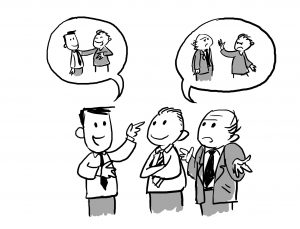
As anyone who has been to the emergency room of a hospital knows, patience is important. You don’t get seen by order of arrival, but by the importance of your ailment. In other words, if your problem is not life-threatening, you will pass after the road accident, whose victim is more seriously injured. I know this and was happy to actually be left to “float” in a drug-induced relaxation between staff visits.
Whenever they woke me up to “check my vitals” or to inform me of the next tests or treatment planned, they always finished by asking if I had any questions or needed anything else. I was made to feel that nothing was too small or unimportant to them, if it made me feel more relaxed and comfortable.
How you can apply this idea: According to the White House Office of Consumer Affairs “It is 6-7 times more expensive to acquire a new customer than it is to keep a current one.”
Business, therefore, can no longer afford to merely satisfy their customers, they need to delight them. Do you ask both yourself and your customers what more you can do for them? If you do, you might just find a new product or service concept that answers their desires and gets you ahead of the competition.
5. Don’t stop before the end
When I was admitted for surgery, I was told that the average stay was between 6 and 12 days in hospital. Having thought I was there for just a day or two, this came as quite a shock.
As my progress after the operation was good, I expected to leave the clinic within five days. (I always want to be better than average!) However, with the added complication of the torn ligaments in my ankle, the professor had other ideas. I ended up spending ten days there and was then on a month of complete bed rest before starting physio!
How you can apply this idea: As the well-known Napolean Hill quote goes
“Most great people have attained their greatest success just one step beyond their greatest failure.”
Some people are great at ideation; perhaps you’re one of them. However, ideation without action is just day-dreaming.
Therefore don’t think your job is done when you’ve come up with an idea or two. You need to follow up to turn the ideas into actions.
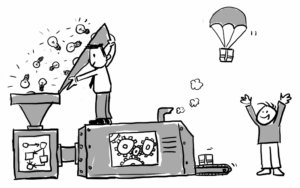 Entrepreneurship is very popular today for both individuals and even within large corporations. However so many entrepreneurs try an idea and when it doesn’t immediately work, they give it up for a different one.
Entrepreneurship is very popular today for both individuals and even within large corporations. However so many entrepreneurs try an idea and when it doesn’t immediately work, they give it up for a different one.
Yes, there have been many huge successes recently, but most “overnight” triumphs have come from years of just plain hard work and dedication.
Therefore, as they say “plan the work and work the plan.” Did you know that the origin of this quote is unsure, although it has been used by many people? These include Vince Lombardi, Margaret Thatcher, and even Victor Hugo. With such illustrious support, perhaps you could work your own plan a little better, no?
But remember, today’s world is one of constant change, so even if you do plan, remember to also stay flexible and adapt to the changing circumstances of the market or your brand. And never totally give up your plan at the first sign of failure either. Just because one part of the plan didn’t work doesn’t warrant throwing out the whole thing.
6. Don’t wait until it’s urgent
As I tried to wean myself off the painkillers, I found myself alternating between extreme pain and none whatsoever. The carers told me that while it’s a good objective to reduce drug usage as quickly as possible, it is counter productive to not take painkillers when they’re needed.
By my deciding to “wait and see” if the pain got worse before asking for medication, I found that the drugs became less effective.
Small, slow steps work better than giant leaps in so many areas because they are sustainable. Think New Year’s resolutions, like crash diets, new fitness regimes, or changes in lifestyle habits. It’s the small, almost imperceptible changes that tend to last and lead to success.
How you can apply this idea: So many adjustments in business involve making significant changes, whether cultural or process-wise. As the well-known saying goes:
“The best way to eat an elephant is one slice at a time.”
Therefore when introducing large changes within your organisation, break them down into more “humanly” manageable steps. Want to make a radical change in one of your processes? It is often more effective to start by modifying the beginning and the end of the process. The middle steps then adapt automatically as new needs are identified.
For example, in updating your innovation process, start with better identifying the target customers and their needs. Then look how the launch will be rolled out and monitored amongst them. You will quickly realise that brainstorming in a vacuum or testing multiple concepts just before launch is no longer effective – if it ever was! These parts of the process will then be adapted to the new demands.
Time to revamp your own processes? Find out more about our I3: Improved Ideation and Innovation and other 1-Day Catalyst Training sessions HERE.
7. It all starts and ends with the customer
During my hospital and clinic stays I realised that the staff were there for me, not vice versa. I am extremely independent and had to learn to accept the help of others, even for some of the most intimate actions. It was “normal” for them, but not for me.
They recognised that and did everything they could to make me feel at ease. From being there just when I needed them, to eclipsing to leave me alone when I needed space. The staff knew and demonstrated that it was I who was important.
How you can apply this idea: Take a look at your website, your communications, your plans; do they all start and end with the customer?
Do you publish content your customers want to read, or just what you want to tell them? Does your contact information include every possible way a customer can connect with you or just a static form and drop-down menu?
Are your communications relevant and emotionally validating for your customers?
Do your plans mention the customer as often as the brand? Remember:
“There may be customers without brands, but there are no brands without customers.”
Do they also show images of customers and include extensive knowledge and understanding about them?
If not, then perhaps you found inspiration for change in the above examples. Take one small step and make one of the changes mentioned; the benefits will be quick to appear.
For more ideas about improving your customer understanding, why not watch the FREE Customer Centricity Champions Webinar? It shares many tips, tools and templates to catalyse your business and improve your customer understanding immediately.

